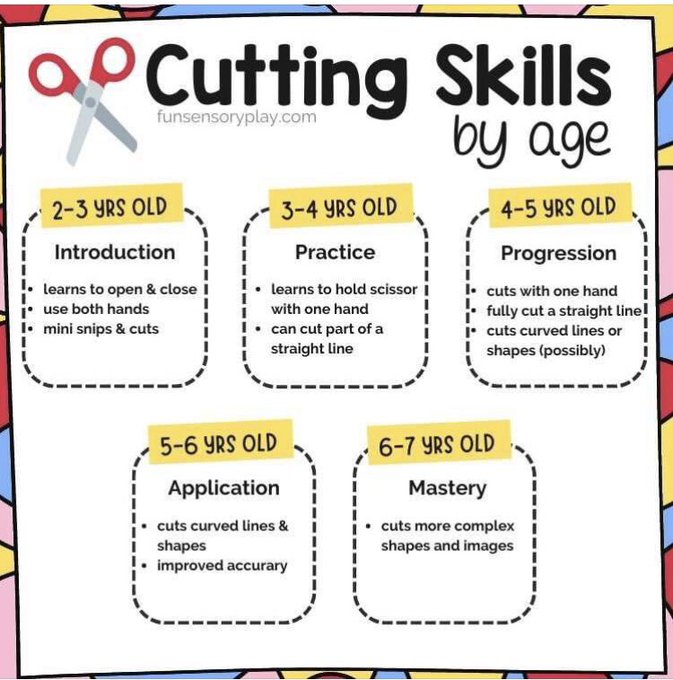Doing is learning.
We strive to increase the hands on, outdoor, project based learning experiences for all of our children. Natural outdoor experiences that are not controlled by adults are optimal spaces for children to develop creativity, problem solving, collaboration, critical thinking and much more! Our children experience active learning not only in classrooms, but also in our Blocks and Science Labs. Both places include choice activities for children that encourage learning through play.
Play-Based Learning
The play-based approach
From kimberton.org
Children are naturally motivated to play. A play-based program builds on this motivation, using play as a context for learning. In this context, children can explore, experiment, discover, and solve problems in imaginative and playful ways.
A play-based approach involves both child-initiated and teacher-supported learning. The teacher encourages children’s learning and inquiry through interactions that aim to stretch their thinking to higher levels. Teachers take an active role in guiding children’s interactions in the play. Children are supported in developing social skills such as cooperation, sharing and responding to ideas, negotiating, and resolving conflicts.
Play also supports positive attitudes to learning. These include imagination, curiosity, enthusiasm, and persistence. The type of learning processes and skills fostered in play cannot be replicated through rote learning, where there is an emphasis on remembering facts.
The skilled early childhood teacher highly values and nurtures the child’s fundamental creative and imaginative nature with countless opportunities and environments for exploration and play. Play can provide children with the opportunity to develop social, emotional, physical, and creative skills in addition to cognitive ones. Preschool and kindergarten programs that strike a healthy balance between stimulating work and engaging play prepare the child for success in primary school and beyond. They empower these individuals to go beyond functioning in a competitive world to making valuable changes in that world.
From wonderschool.com
Play-based learning includes the following elements:
-
Self-chosen: A child voluntarily chooses to play, how they’ll play, and for how long.
-
Enjoyable: Play is enjoyable for the child. There may be some frustrations or disagreements, but overall it’s pleasurable.
-
Unstructured: A child has ample time to explore and discover during play, directed by their own interests.
-
Process-oriented: There is no end or learning goal; the process is the goal.
-
Make-believe: Play often involves imagination or pretend scenarios.
🔗 Click to read: 40 Reasons Play is Crucial for Brain Development
🔗 Click to read: 29 Reasons Why Play is So Important During Times of Crisis and Stress
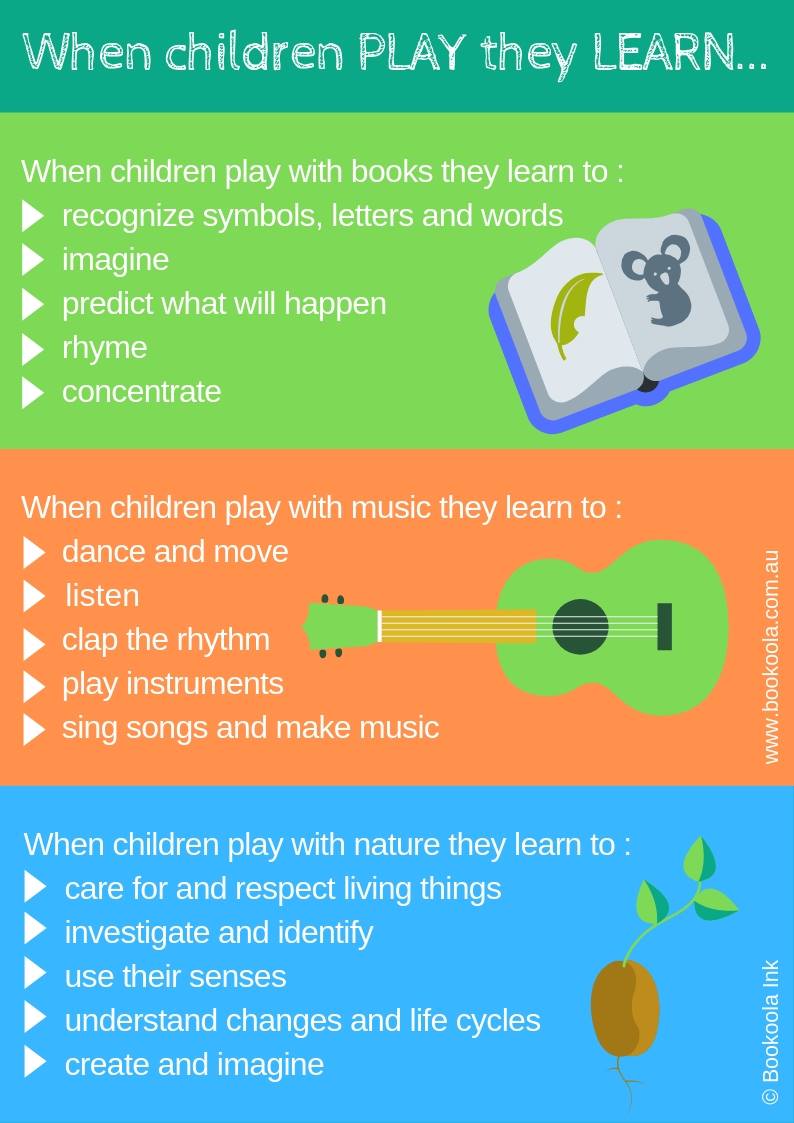
Social Emotional Learning (SEL)
We are committed to providing an early childhood experience rooted in the belief that children thrive in positive, brain-smart environments. Austin ISD partners with CASEL, and we define SEL as:
"A process through which children and adults understand and manage emotions, set and achieve positive goals, feel and show empathy for others, establish and maintain positive relationships, and make responsible decisions."
— Collaborative for Academic, Social and Emotional Learning (CASEL)
CASEL SEL Competencies
Uphaus is proud to be an A.I.S.D. SEL Seed Campus.
We use Conscious Discipline as the foundation for SEL through the work of Dr. Becky Bailey:
🔗 Conscious Discipline: School Family
Research on proactive SEL practices shows:
-
Higher academic performance
-
More positive attitudes about self and others
-
Increased prosocial behavior
-
Reduced behavioral and emotional issues
AISD has supported district-wide SEL skill-building since 2011–2012, with schools leading the way in tailoring SEL to their unique communities.
Dual Language Education
We believe that being proficient in more than one language is a powerful skill for today’s learners. Dual Language (DL) education is a research-based model that supports language development in speaking, listening, reading, and writing.
At Uphaus, we:
-
Educate families early so they can opt into DL programs
-
Ensure continuity through high school in Austin ISD
-
Promote academic success and cultural pride
Our teachers are trained in dual language. Instruction includes:
-
English: Math & English Language Development
-
Spanish: Science, Social Studies & Language Arts
Both Spanish and English are used fluidly across all centers. Our two-way dual language programs encourage students to explore, discover, and grow into bilingual, biliterate, and bicultural learners.
🔗 Learn More: Dual Language 101
Reading Milestones
Source: KidsHealth Reading Milestones
Infants (Up to Age 1) usually begin to:
-
Respond to voices and gestures
-
Look at books and turn pages with help
-
Pat pictures and vocalize
Toddlers (Ages 1–3) usually begin to:
-
Name familiar objects and pictures
-
Pretend to read and scribble
-
Know favorite books by cover
Early Preschool (Age 3) usually begin to:
-
Listen to longer books
-
Retell stories
-
Recognize letters in their name
Late Preschool (Age 4) usually begin to:
-
Recognize signs, rhymes, and letters
-
Write their name
-
Begin matching letters to sounds
Kindergarten (Age 5) usually begin to:
-
Read simple words
-
Predict story outcomes
-
Retell main ideas and details
Children’s Math Development by Age
Source: PBS Learning Media - Sesame Street STEM
Explore how math skills develop from early experiences like counting, sorting, patterning, and problem-solving. Everyday interactions—like snack time, play, and storytelling—help build a strong math foundation!
Source: NAEYC - Play Games, Learn Math!
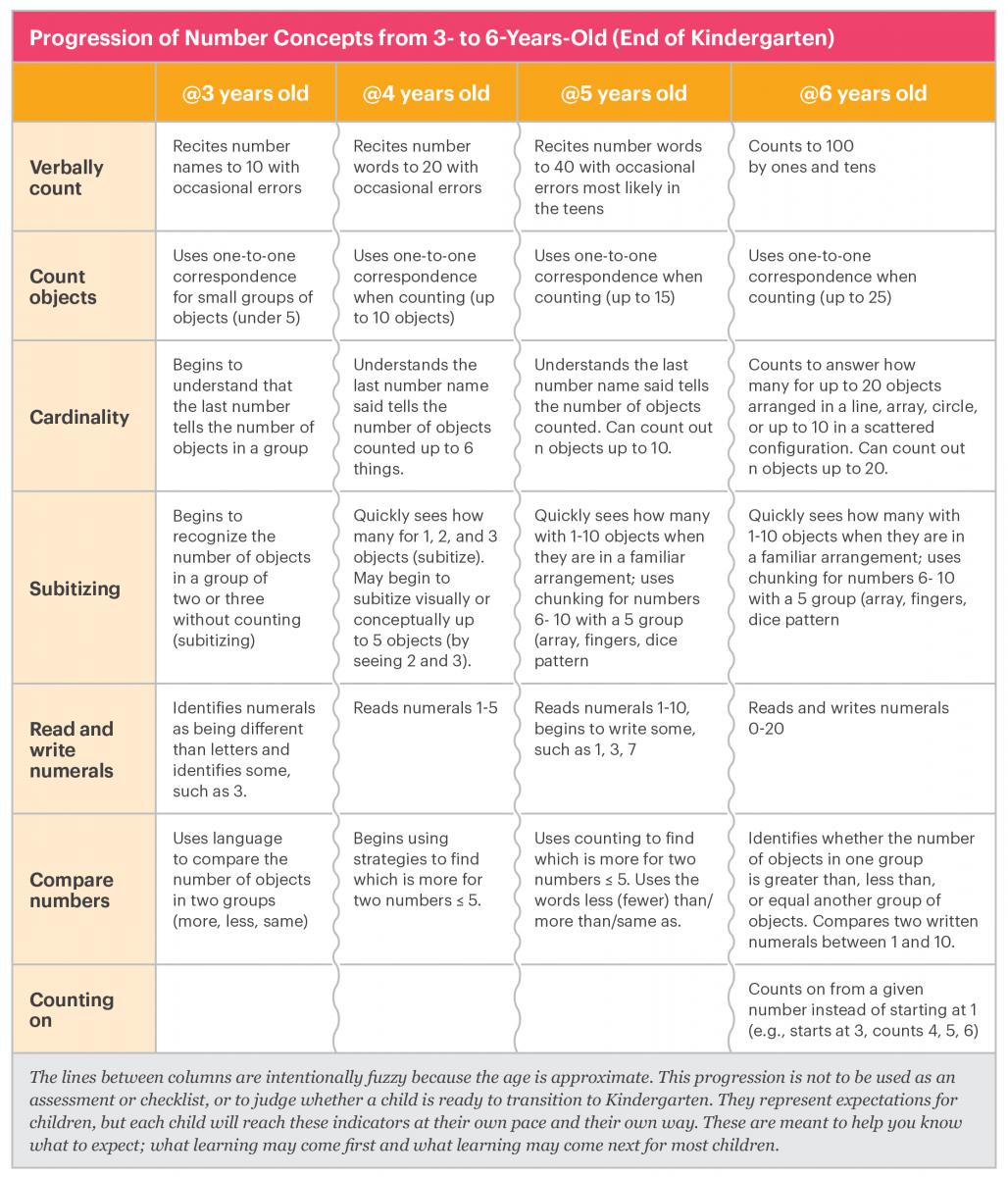
Stages of Writing
Early writing development unfolds in stages as children explore the connection between spoken and written language. These stages may overlap and vary, but they typically include:
1. Drawing and Scribbling
Children begin by drawing pictures and making random marks or scribbles that may represent writing to them.
2. Letter-Like Forms
Scribbles begin to resemble letters or symbols. Children may "read" their own marks.
3. Strings of Letters
Children write strings of letters with no spacing. They may use mostly uppercase letters and often include letters from their name.
4. Beginning Sounds and Invented Spelling
Writing reflects awareness of sounds in words. Children may write beginning or ending sounds (e.g., "kt" for "cat").
5. Phonetic Spelling
More sounds are represented. Words become more recognizable (e.g., "frd" for "friend").
6. Conventional Spelling
Spelling becomes more accurate. Children begin to use punctuation, spacing, and sight words correctly.
Supporting children at each stage helps them build confidence and understand that writing is a powerful tool for communication.
Source: NAEYC - Promoting Preschoolers' Emergent Writing

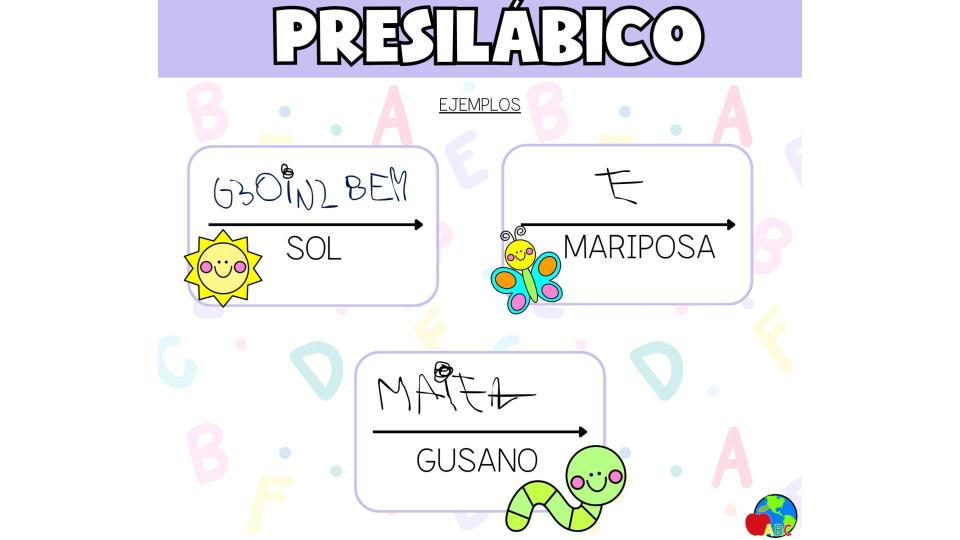
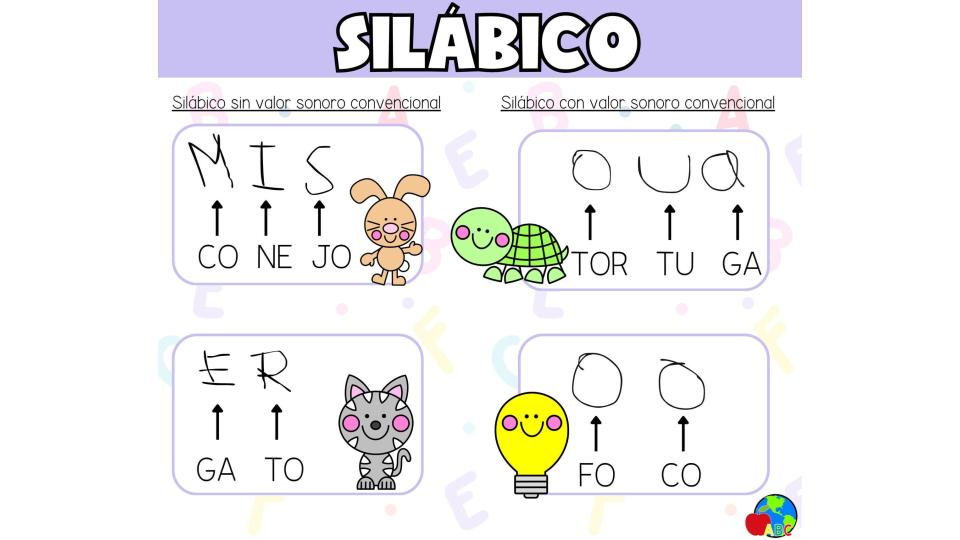
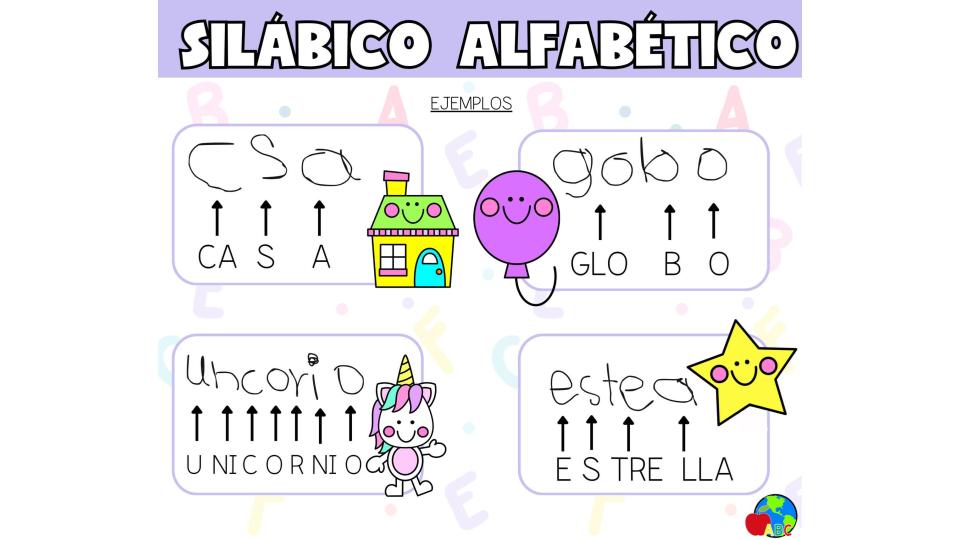
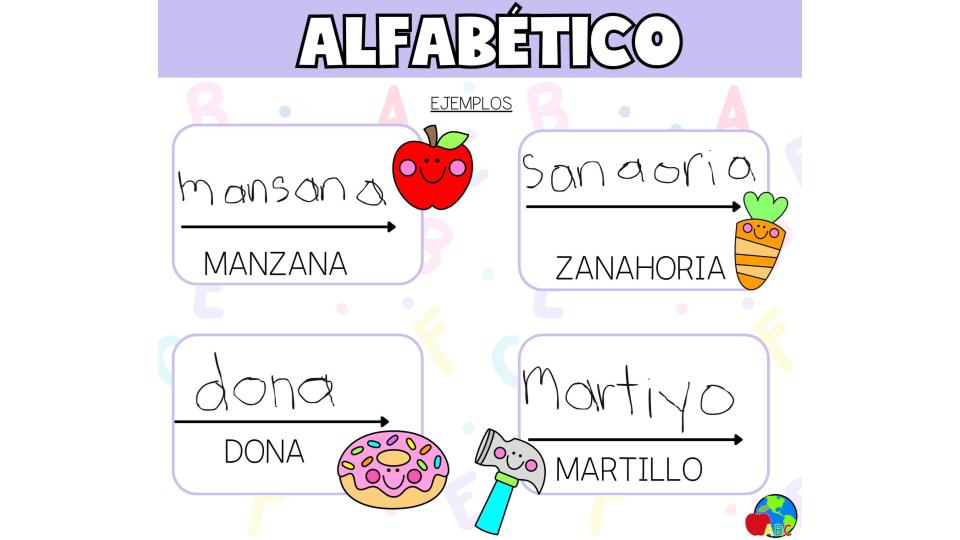
Fuente: El proceso de alfabetización inicial (Gracias al Mundo ABC y La Fundación Zorro Rojo)
Etapas del dibujo infantil
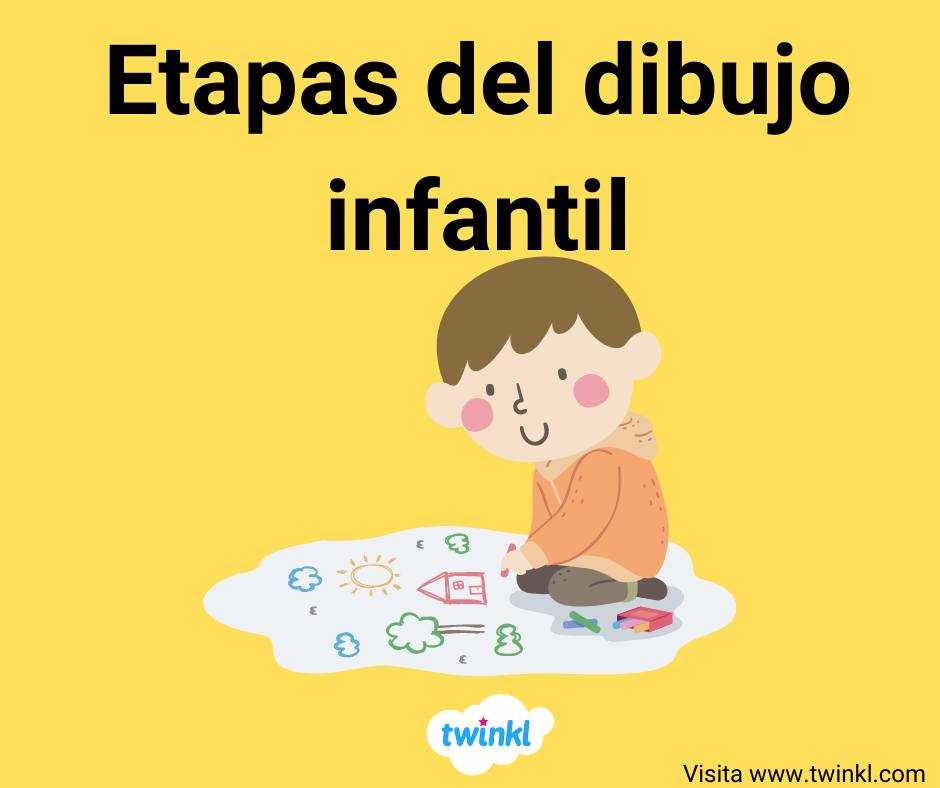
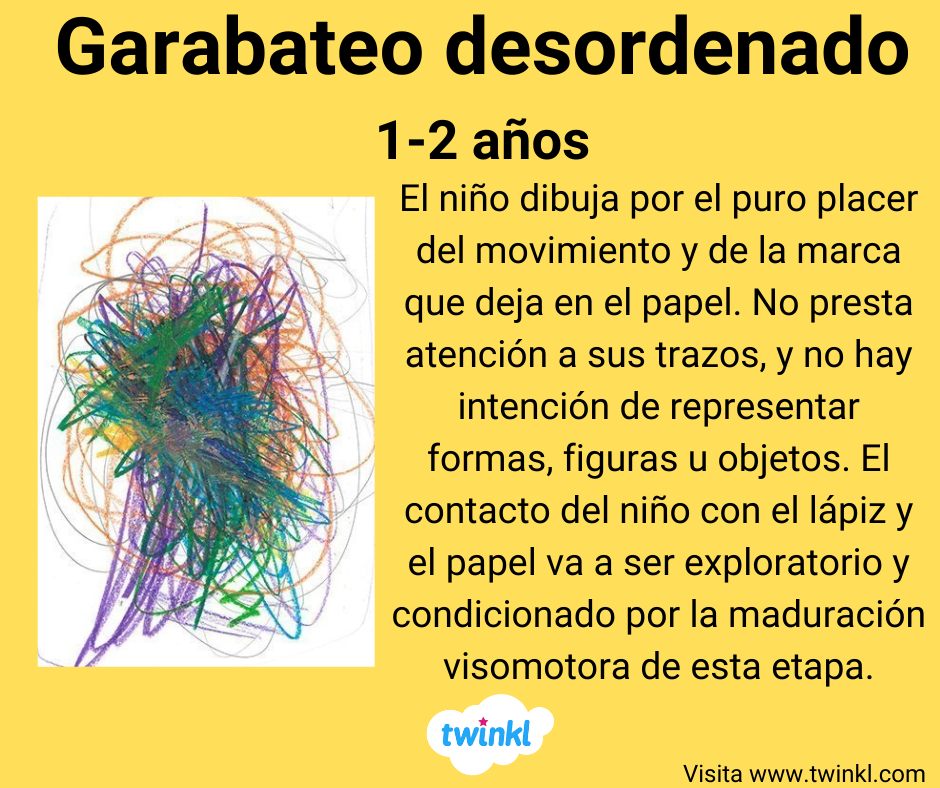
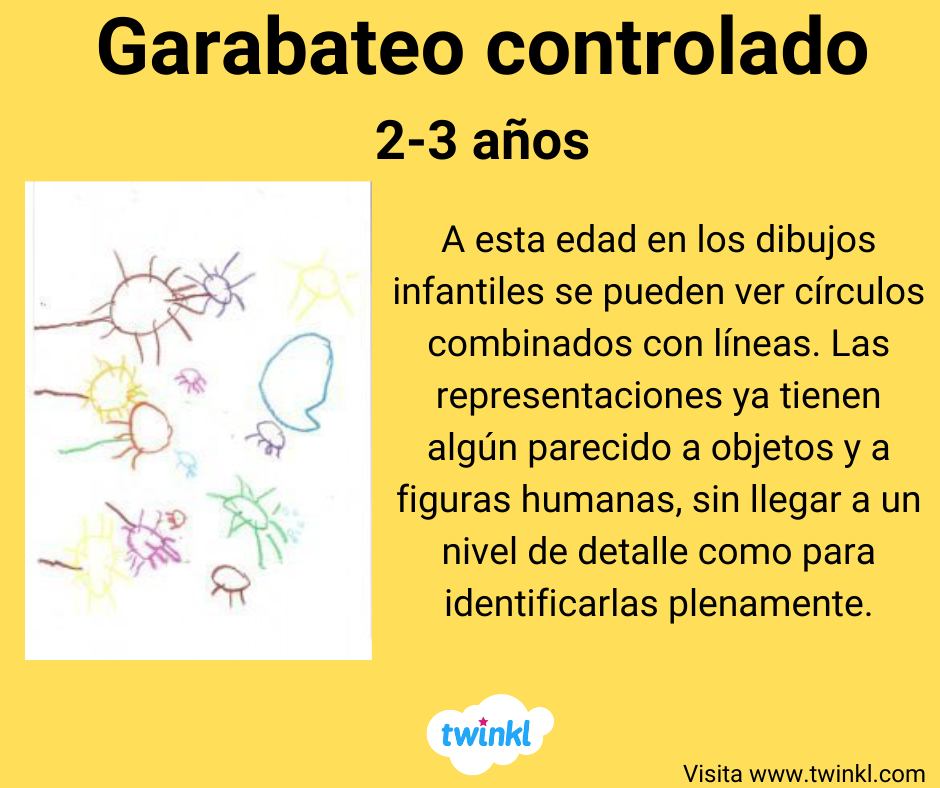
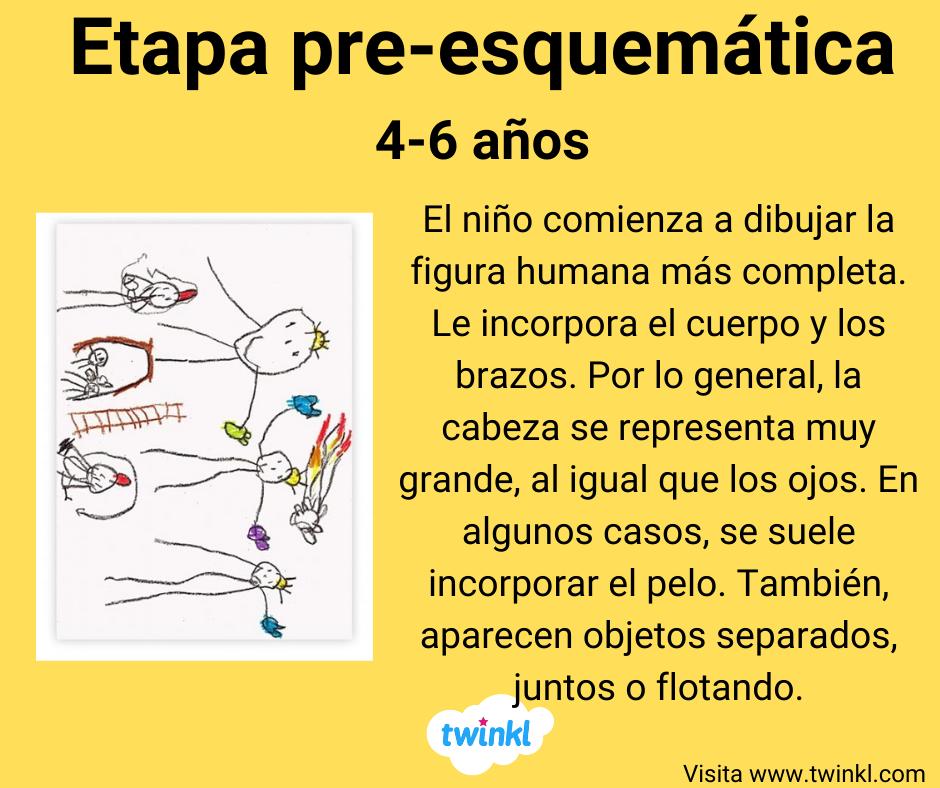
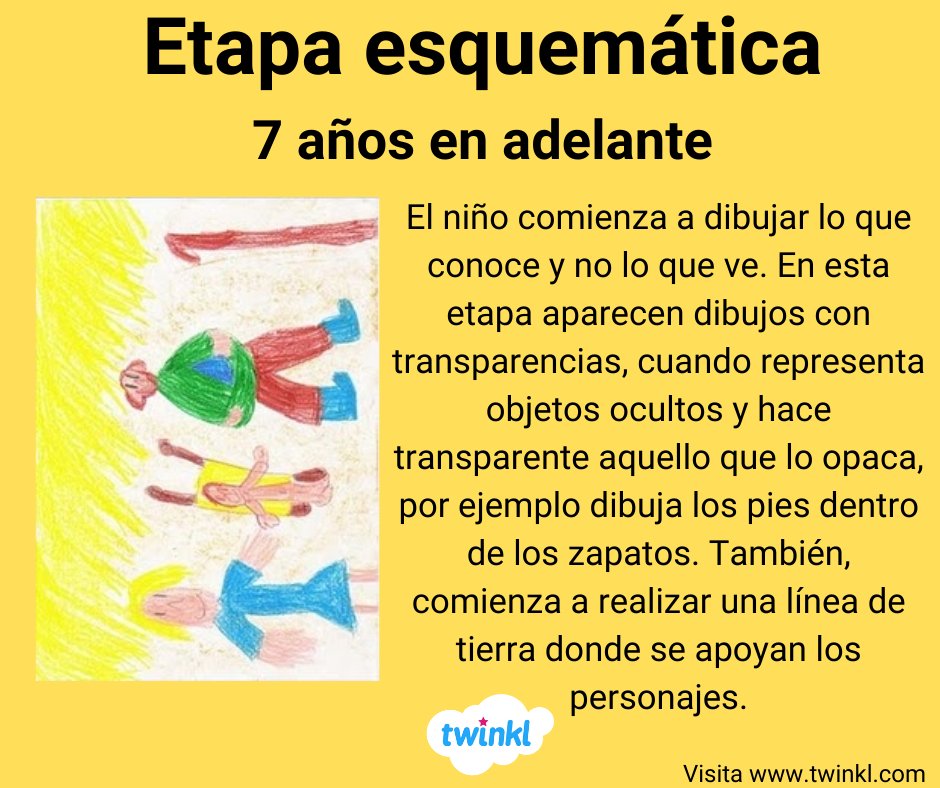
Cutting Skills by Age
